One of our most asked questions is how the best Nilotica shea butter is made. So today we are answering your question! How Nilotica shea butter is made in 7 careful steps.
- Wild trees grow the Nilotica shea fruits
- The fresh fruits are gathered
- Fruit flesh is removed
- Crack the nuts
- Dry the kernels
- Squeeze the kernels with a cold press
- Purification through filtration
These steps are based on the ancient wisdom of the traditional producers of Nilotica shea butter; our women suppliers, combined with state-of-the-art international best practices.
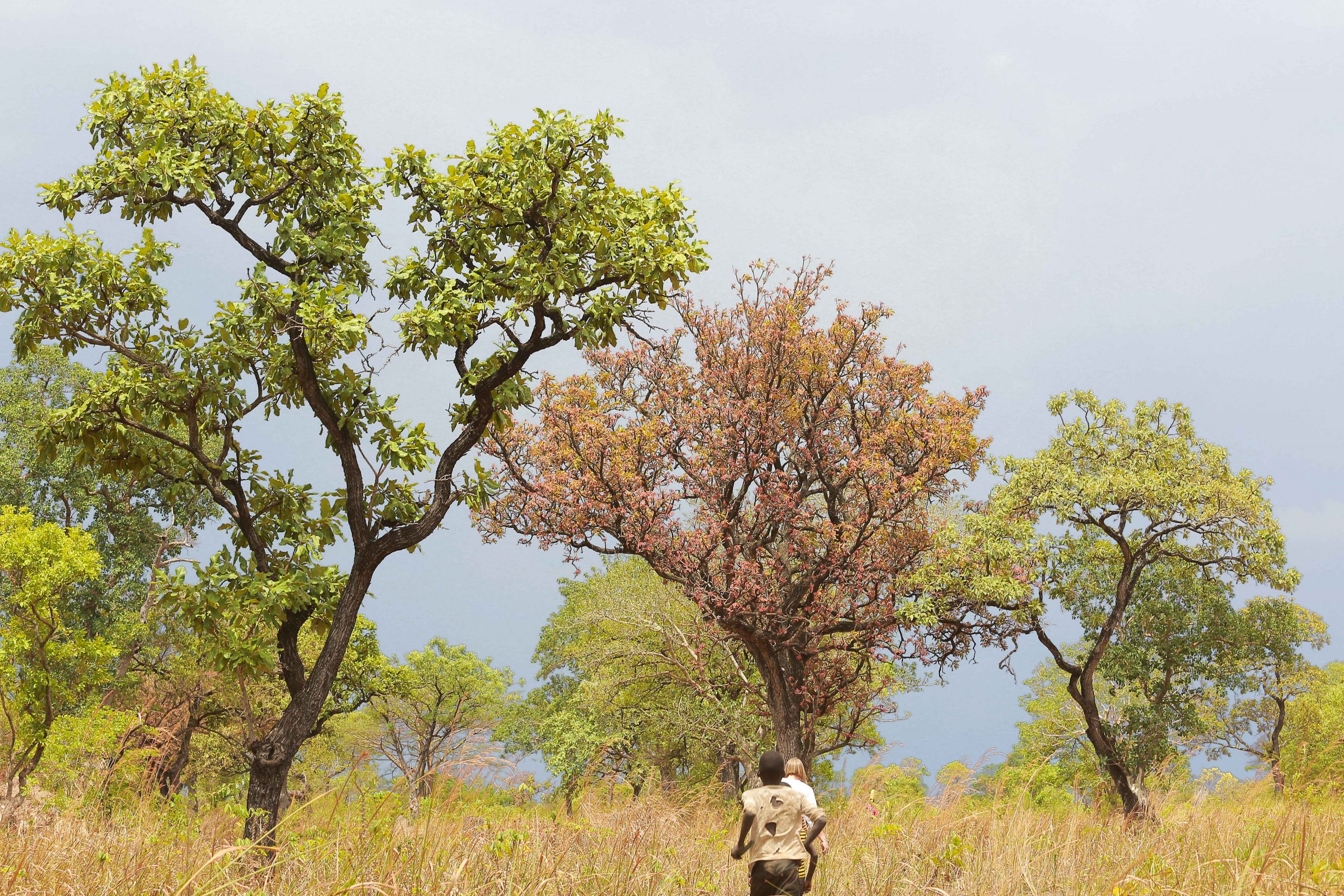
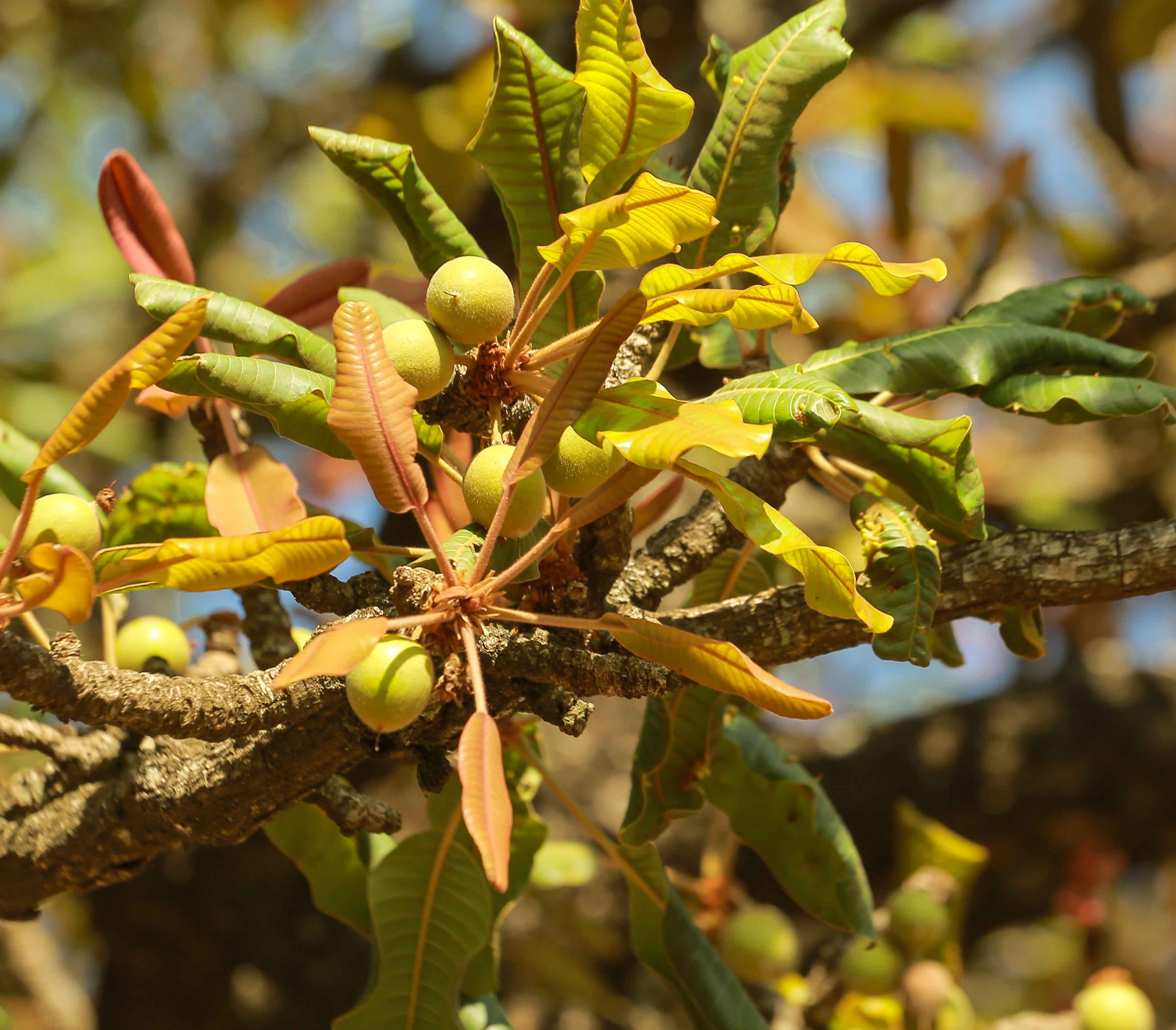
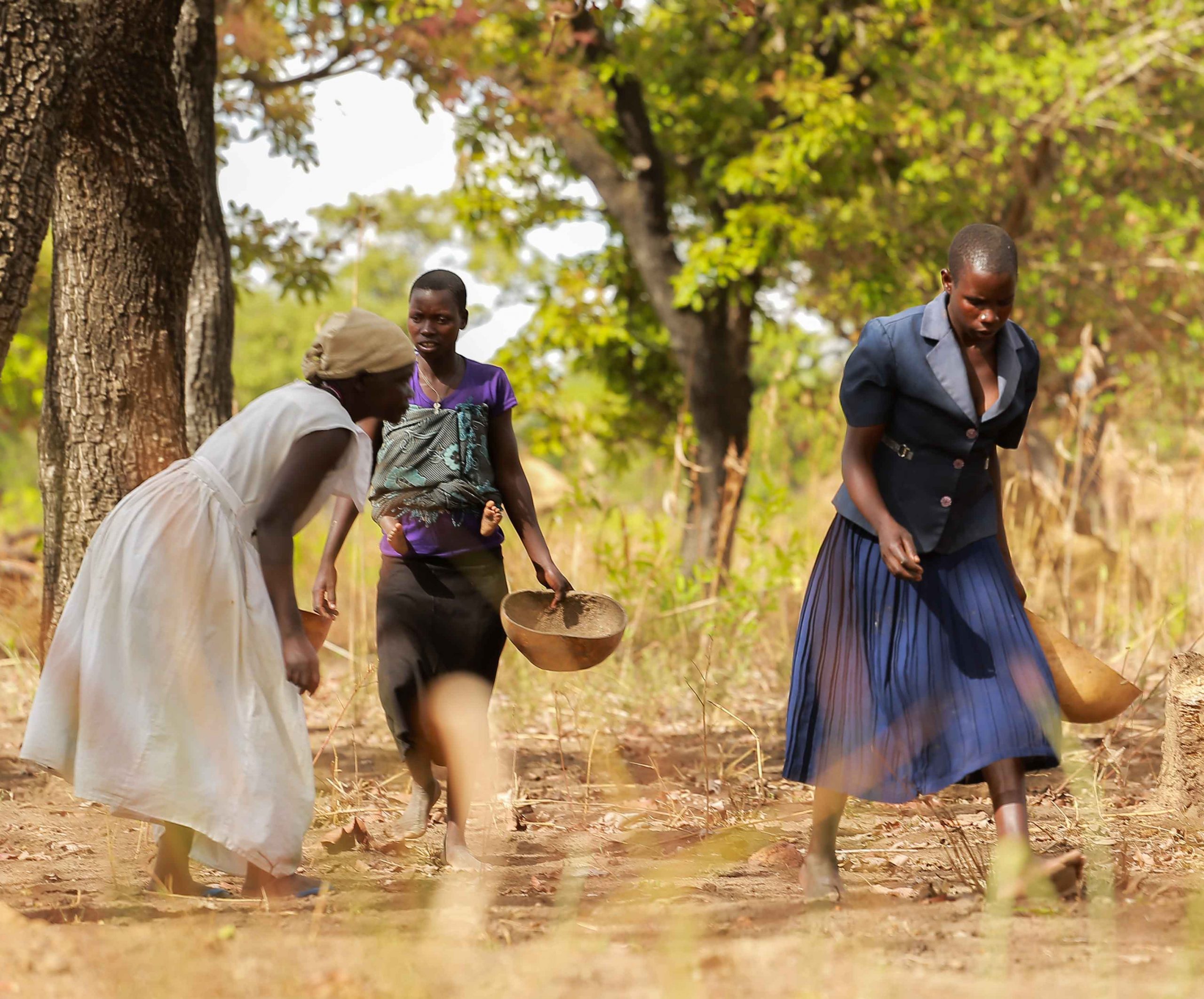

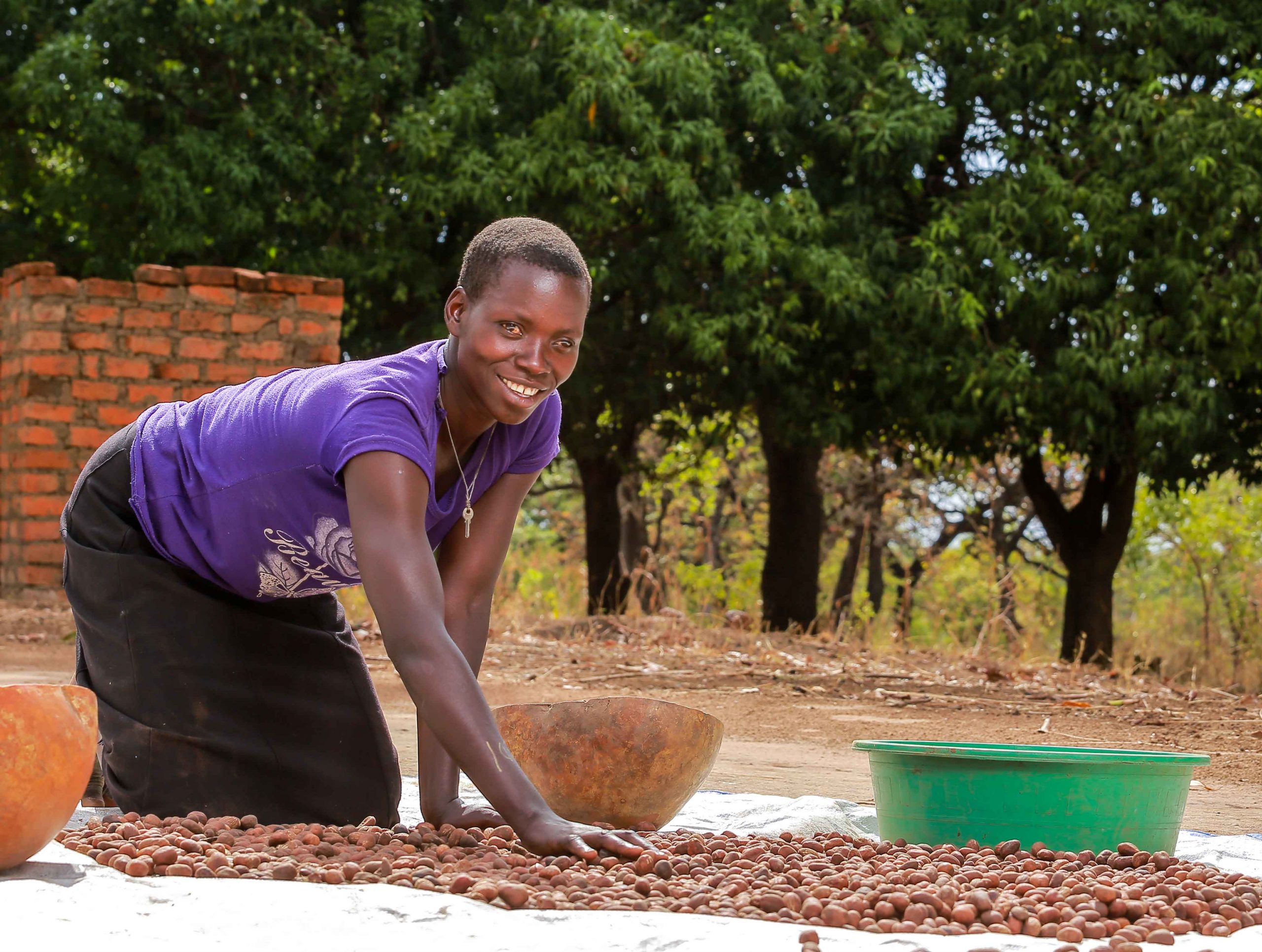
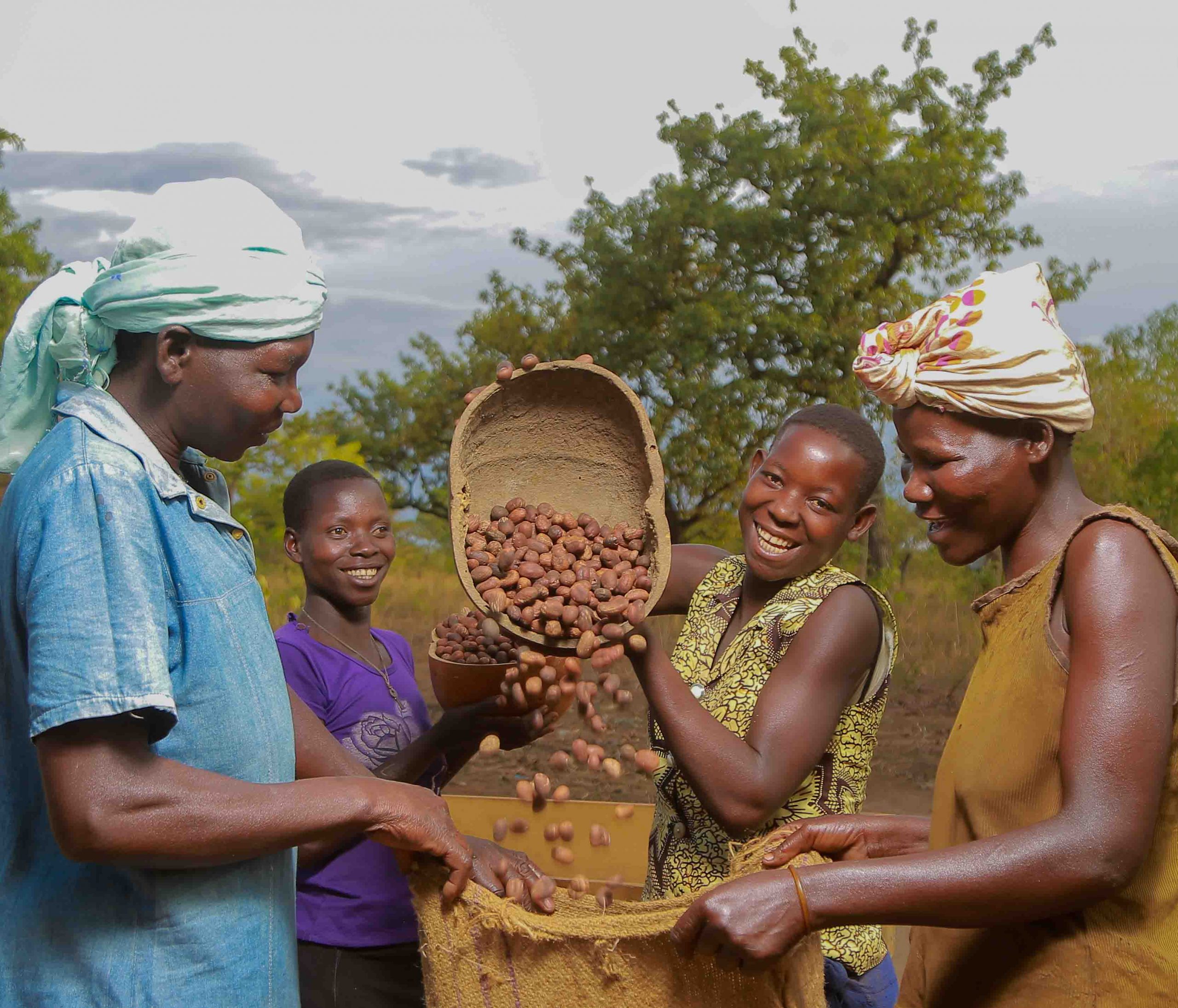
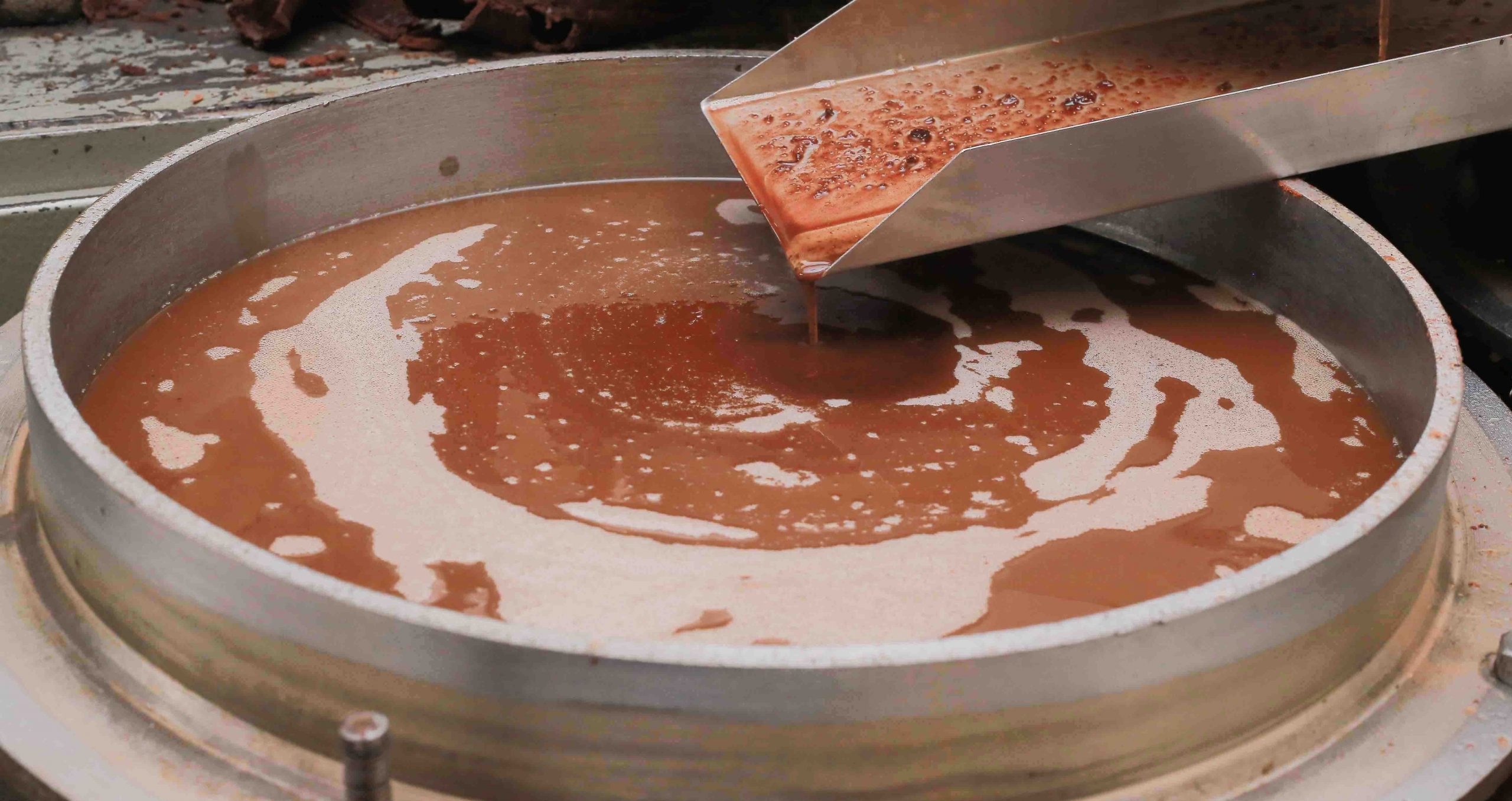
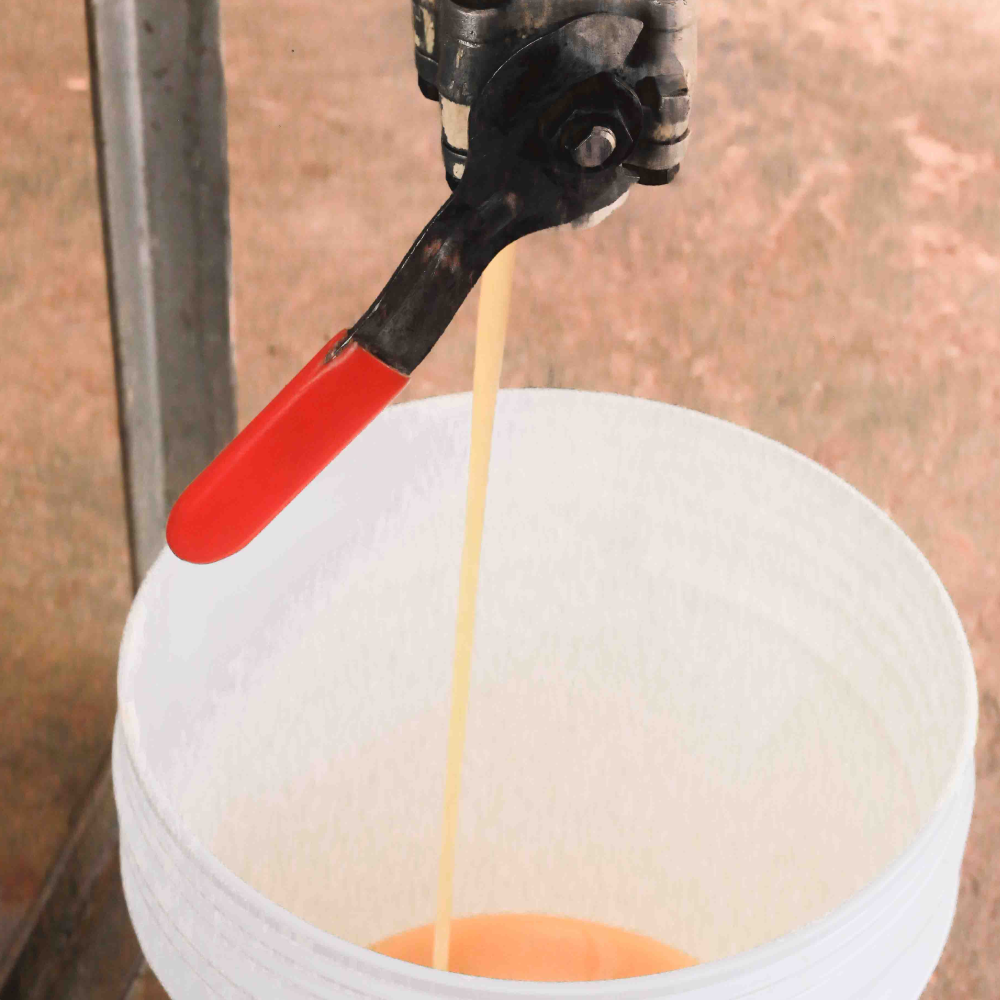
Step 1. Wild trees grow the Nilotica shea fruits
Nilotica shea fruits are only produced by the rare Nilotica shea trees, officially known as Vitellaria Paradoxa Nilotica. They are a close cousin of the West African shea trees, Vitellaria Paradoxa Paradoxa. Whilst Paradoxa trees grow abundantly across the West African sahel region, Nilotica trees are elusive and only grown in some parts of South Sudan and Northern Uganda. Once a year usually the trees fruit and produce small fruits. When they are ready they fall to the forest floor.
Step 2. The fresh fruits are gathered
With the trees growing in and around their communities the women walk around, usually in small groups, and gather the fresh fruits from the forest floor. This is a real treasure hunt, with the fruits often falling in high grass, or in bushy areas.
Step 3. Remove the fruit flesh
After gathering the women remove the fruit flesh and wash the nuts as soon as possible. The flesh is then either eaten or dried to make a delicious and healthy snack. What is left is a beautiful smooth, glossy nut.
Step 4. Crack the nuts
After drying the nuts they are ready for cracking. A very labour intensive job that is done by hand. Usually using another stone, women gently crack the nut to peel away the hard shell. This reveals the inner kernel of the shea nut. When they are cracked the nuts are a light brown color and have white stripes on them.
Step 5. Dry the kernels
These kernels contain the precious golden shea butter. In order to produce high quality oil they need to be carefully selected and graded, as they are dried. Through grading kernels with a wrong color, broken kernels or any kernels with holes are sorted out. By drying the moisture content of the kernels is reduced and the nuts turn a deep brown color. This makes sure that the oil extracted from the kernels has a long shelf life and does not oxidize. Only high quality kernels, can produce the highest quality of oil.
After drying them to the required moisture level they are bagged into ginny sacks. The moment that we purchase them we tag the bags with unique QR codes so that we can always trace the nuts to the supplier. That is how we not only ensure the best quality, but also assess the need for extra trainings and evaluate the effectiveness of post harvest training.
Step 6. Squeeze the kernels with a cold press
Once the kernels are ready and inspected we feed them into our coldpress. Through the hopper they are fed into the press where the nuts are crushed together and the oil is extracted. This oil still contains little bits of the shea nut kernels, giving it a deep reddish brown color.
The other output from this stage is shea cake. A hard, nutritious cake made up out of the hard parts of the kernel. This makes perfect feed for cows, goats and pigs.
Step 7. Purification through filtration
To get pure clean golden shea butter we filter the raw shea butter twice through increasingly fine filters. After filtration the shea butter is directly packed into securely sealed buckets.
That is how we make our pure raw, unrefined grade A Nilotica shea butter! No roasting or boiling, no grinding, no chemicals, no refining. It is a carefully crafted, age-old process that is largely done by hand and supported in every step by high tech quality management, good manufacturing practices, laboratory testing and traceability all through the process. That is what produces the best, the highest quality, all natural, Nilotica shea butter in Uganda. Combined with a close partnership with our suppliers, and ongoing tree conservation activities this makes our Nilotica shea butter truly ethical, sustainable and environmentally friendly. A skin superfood that you feel good about!





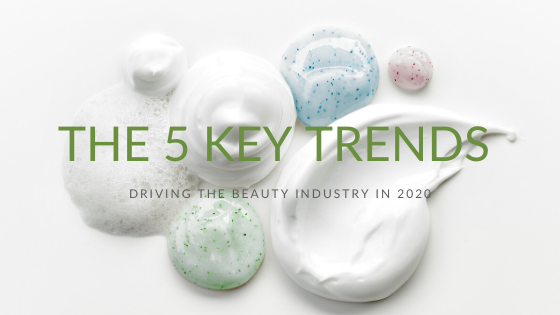
Major thanks for the blog article. Really looking forward to read more. Keep writing. Nollie Trent Fannie
Looking forward to reading more. Great article.Much thanks again. Keep writing. Erik Chinni